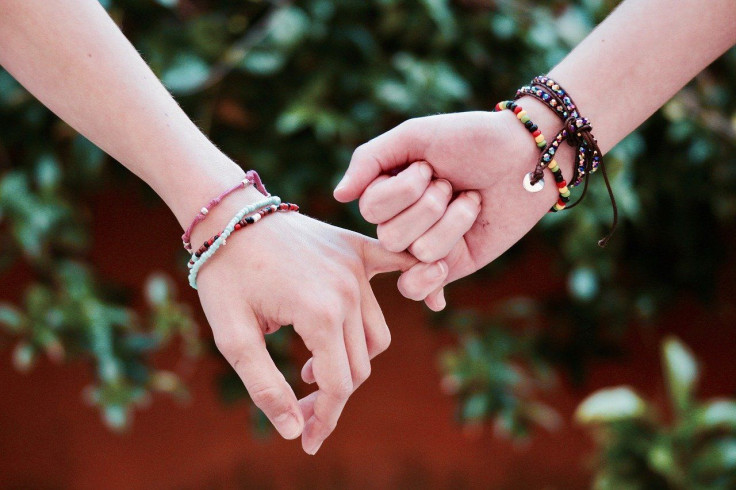Rare Disease Day: Facts About Rare Diseases, Simple Ways To Join The Observance
Millions of people all over the world are living with a rare disease. On Rare Disease Day, which is observed worldwide every Feb. 28, or Feb. 29 if it's a leap year, we can be one with these individuals by learning more about rare diseases and taking part in activities during the observance.
First observed in 2008, Rare Disease Day raises awareness among the public as well as policymakers about these rare conditions and how they affect patients' lives, according to the National Institutes of Health (NIH).
For instance, below are some important facts about rare diseases you may want to know today. (Courtesy: RareDiseaseDay.org and the NIH)
- More than 300 million people across the globe are living with a rare disease.
- Rare diseases affect about 30 million people in the U.S.
- There are 7,000 to 10,000 rare diseases that affect humans, but only a few hundred have treatments. In fact, less than 5% of rare diseases have treatments approved by the Food and Drug Administration.
- Among rare diseases, 72% are genetic, and 70% of those genetic conditions begin in childhood.
- Most rare diseases are "serious or life-threatening" and can place significant financial and medical burdens on the patients as well as their families.
On this day, thousands of events are typically held in more than 100 countries, each of them promoting the welfare of people living with rare diseases. Apart from the patients themselves and their family members, anyone can participate in Rare Disease Day to raise awareness and take action "for this vulnerable population who require immediate and urgent attention."
There are many ways for people to show their solidarity with those living with a rare disease even in simple ways. One may post on social media, whether it's a message of hope and support or perhaps important information that can help educate other people about rare conditions.
Some people may even take it a step further by contacting policymakers in their local area to advocate for equitable access to "diagnosis, treatment and care" for patients, RareDiseaseDay.org suggested. Others may also choose to contact the press to encourage them to cover the topic.
Rare Disease Day is also observed via a "global chain of lights" wherein monuments and buildings are lit up in the colors of the event, which are blue, green, pink and purple. People may attend such an event in their localities or perhaps organize one in their community. Some may even join the chain of lights straight from their own homes.
Everyone is invited to light or decorate their home with the Rare Disease Day colours at 7 PM your local time, 28 February 2022.
— Rare Disease Day (@rarediseaseday) February 21, 2022
Don't forget to share your illuminations on social media and use #LightUpForRare
➡️ Find out how to get involved: https://t.co/S0PNzbafDo pic.twitter.com/GIc7AaCpQs
Those living with a rare disease may also share their story to mark the observance. On the other hand, others may also read the inspiring stories of these heroes.
"By Sharing your colors via social media, events, illuminating buildings, monuments and homes, by sharing experiences online and with friends, by calling on policy makers and shining the light on people living with a rare disease, collectively we aim to change and improve lives of the 300 million people worldwide," RareDiseaseDay.org noted.

© Copyright IBTimes 2024. All rights reserved.






















